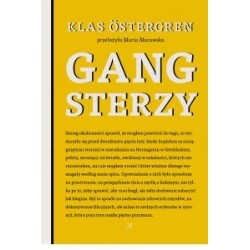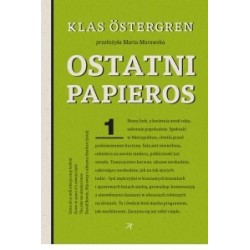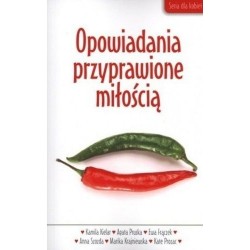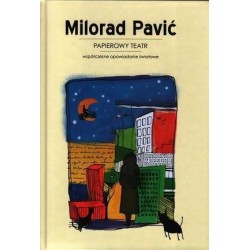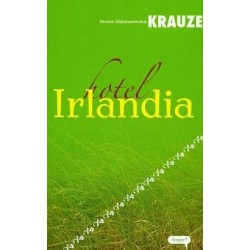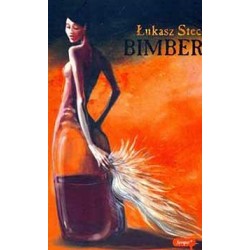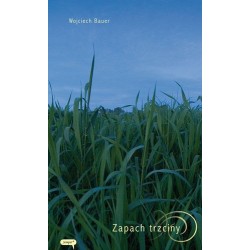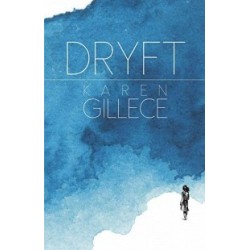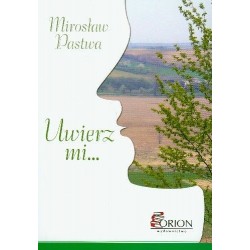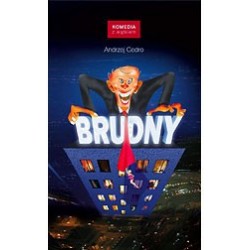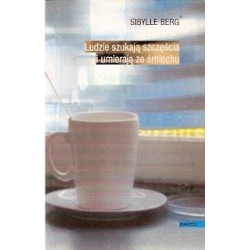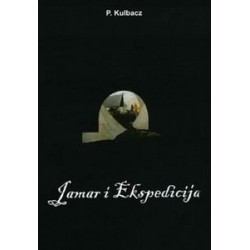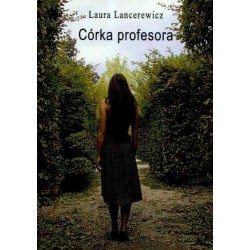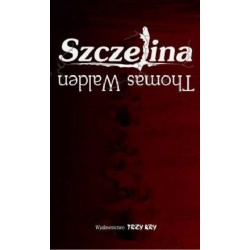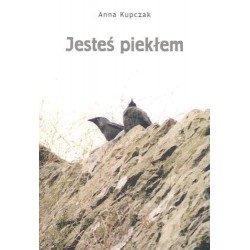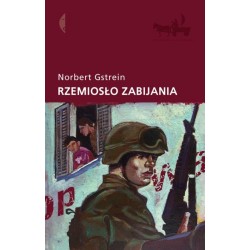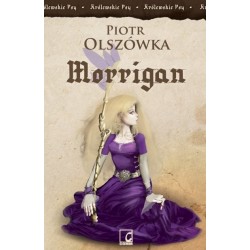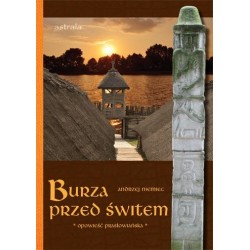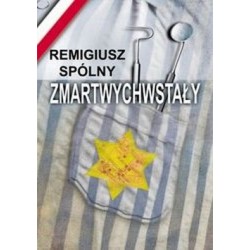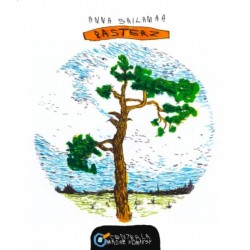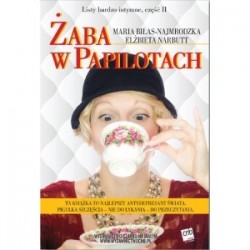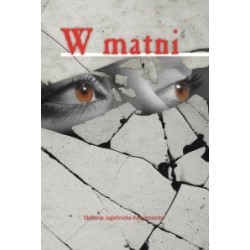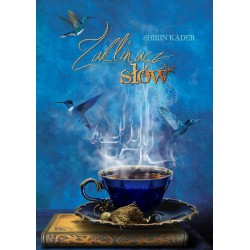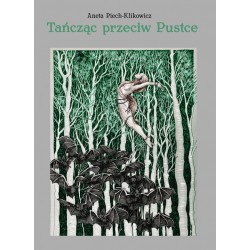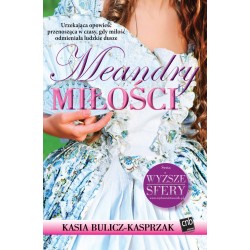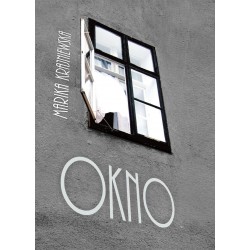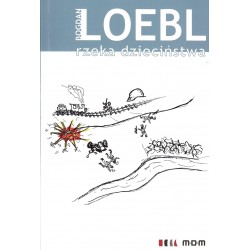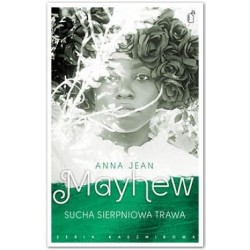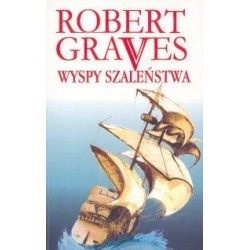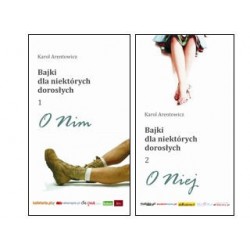Brak produktów
Produkt dodany poprawnie do Twojego koszyka
Ilość produktów w Twoim koszyku: 0. Jest 1 produkt w Twoim koszyku.
Literatura piękna
- Nowości
- NAGRODY LITERACKIE
- ZAPOWIEDZI
- BESTSELLERY
- PODRĘCZNIKI SZKOLNE
- TataTeżCzyta
- DZIEŃ KOBIET
- WAKACJE
- WIOSNA
- BOŻE NARODZENIE
- POLECAMY
- PROMOCJE
- PAKIETY
- Artykuły papiernicze
- Audiobooki i płyty
- Gry, puzzle, zabawki
- Architektura
- Biografie i autobiografie
- Czasopisma
- Edukacja
- Eseje i felietony
- Fantastyka
- Historia
- Kalendarze
- Kryminał, sensacja, thriller, horror
- Komiksy
- Kultura i sztuka
- Kuchnia i diety
- Literatura dziecięca
- Literatura młodzieżowa
- Literatura faktu
- Literatura piękna
- Literatura obyczajowa i romans
- Literatura podróżnicza
- Literatura w języku ukraińskim
- Medycyna
- Nauki ekonomiczne
- Nauki humanistyczne
- Nauki polityczne
- Nauki ścisłe i przyrodnicze
- Poezja
- Poradniki
- Psychologia i socjologia
- Rekreacja
- Religie
- Wiedza alternatywna i ezoteryka
- Wywiady, listy i wspomnienia
- Zdrowie i uroda
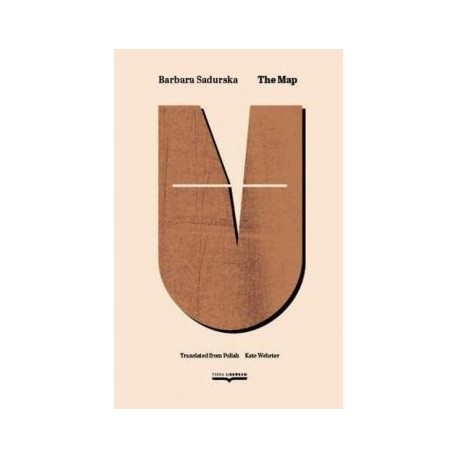 Zobacz większe
Zobacz większe
The Map
SANDURSKA BARBARA
978-1-914987-00-7
Nowy
15 egz.
Barbara Sadurska is a writer with a background in law. The Map, her first novel, won the Witold Gombrowicz Literary Prize in 2020.
30,60 zł
45,00 zł najniższa cena z 30 dni przed obniżką
-32%
| Autor | SANDURSKA BARBARA |
| Rok wydania | 2023 |
| Ilość stron | 200 |
| Szerokość (mm) | 125 |
| Wysokość (mm) | 195 |
| Grzbiet (mm) | 17 |
| Wymiary | 125 x 195 x 17 mm |
| Oprawa | miękka ze skrzydełkami |
| Wydawca | TERRA LIBRORUM |
Seven stories connected by a fifteenth-century map of the world. Once upon a time, maps used to exhibit the boundaries of the known world. They soothed our fears, and simultaneously ignited our imagination, uncharted territory beckoning us from afar. Barbara Sadurska?s The Map ? belligerent and refreshing in tone, narratively picaresque and nostalgic, structurally non-linear and precisely framed ? does not attempt to cover hackneyed ground. It goes much further. In entertaining, it instructs. In instructing, it terrifies. It illuminates the fact that man knows as little about himself as the first cartographers knew about the world. A novel from a puzzle This compendium of texts by Barbara Sadurska, International Short Story Festival laureate, might at first confuse the reader. In ?Insomnia?, the book?s opening story, the sentences are cut short, the plot seems to be all over the place, and the reader is left with an unsolved mystery. And yet, intrigued and enchanted by the language, they wade further into the story in order to discover the missing pieces of the puzzle. The Map is hard to read as just a collection of short stories ? or even as a novel; it is instead a ?deconstructed novel?, the pieces of which do not seem to form a consistent plot, much like our own stories for which we never received a manual. The plotlines are seemingly unrelated ? after all, what could connect such a range of real and fictional characters (from Fra Mauro, through Faust and Rembrandt, to an SS doctor and a member of the Polish secret service, to name but a few) over such a wide time period (from the 15th century to the 21st)? But somehow, the stories are tied together with a covert knot, each of them featuring the titular map and an etching of Faust. It is worth noting that the system of hidden bridges and subtle crossovers existing between the separate stories is not merely a sophisticated game for readers to uncover. One of the main themes of the stor(y)ies ? barely surfacing over the layers of text at first (as in the hotel room scene in ?Insomnia?, and in ?Faust?), and later emerging more overtly ? is the Holocaust. Paweł Jasnowski ?Polityka?


